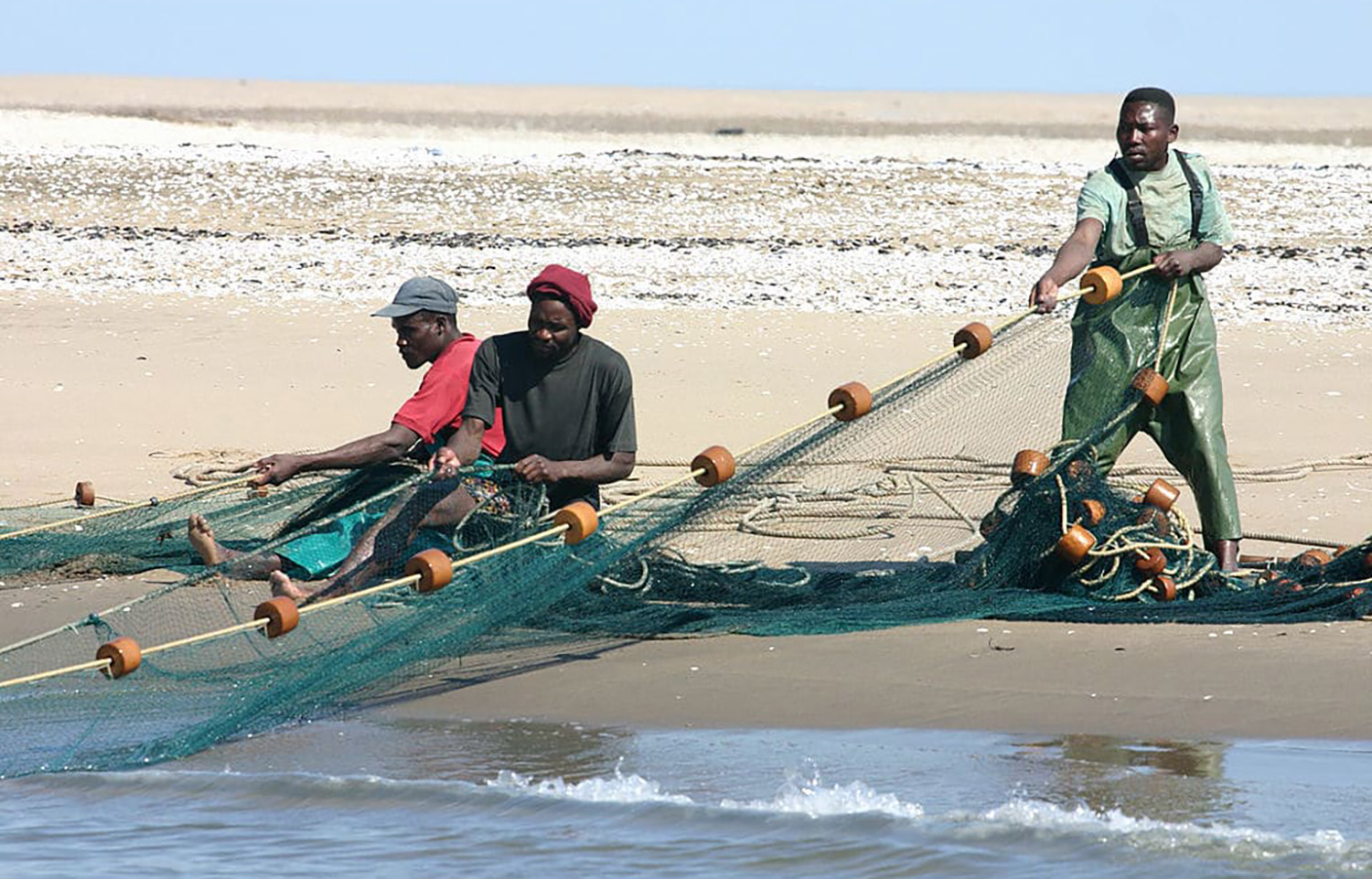Namibia's seafood exports increased in value by 1.2 percent year over year to NAD 4.1 billion (USD 231 million, EUR 207 million) in the first quarter of 2024.
The exports, which comprised fish, crustaceans, molluscs, and other aquatic invertebrates, largely remained the same makeup of seafood products that earned the country NAD 4 billion (USD 225 million, EUR 202 million) in the same quarter in 2023, according to the Namibia Statistics Agency (NSA).
The European Union, specifically Spain, was the top export destination market for Namibian seafood products in the quarter, buying up a 29.7 percent share. Frozen hake fillets was the largest export from the African nation.
Other key export market destinations during Q1 2024 include neighboring Zambia, which bought up a 16.1 percent share, and the Democratic Republic of Congo, which bought 14.1 percent of the exports. The latter country largely shopped for horse mackerel.
Namibia’s total landings declined by 16.7 percent to 97,077 metric tons (MT), compared to 116,471 MT in the same quarter in 2023, as the country’s Ministry of Fisheries and Marine Resources stepped up its compliance efforts regarding quota allocations to safeguard the country’s marine resource.
The highest decline was seen in tuna, which dropped 95 percent from 2,970 MT in Q1 2023 to a 145 MT in Q1 2024. Other species that recorded a notable year-over-year decline in landings included crab, which declined 61 percent; horse mackerel, dropping 21 percent; and monkfish, which slid 22 percent. Namibia’s hake landings recorded the smallest decline at 4 percent.
During the same quarter, Namibia cut down on its imports of seafood products, even as the country’s fish consumption levels increased, in spite of the lower landings.
NSA said Namibia’s seafood imports in Q1 2024 totaled NAD 155 million (USD 8.7 million, EUR 7.8 million), down from NAD 168 million (USD 9.5 million, EUR 8.5 million) recorded in the corresponding quarter of 2023.
The value of the imports, NSA said, signaled an indication of progress toward Namibia’s effort to cut down on its seafood import bill while simultaneously increasing its exports.
Around 35 percent of those imported products came from South Africa, one of Africa’s largest hake producers, while the U.S. and Spain exported 32.6 percent and 9.7 percent of seafood to Namibia, respectively.








